Sudan war: Ombadda ‘uninhabitable’ amid sanitary crisis and total service collapse
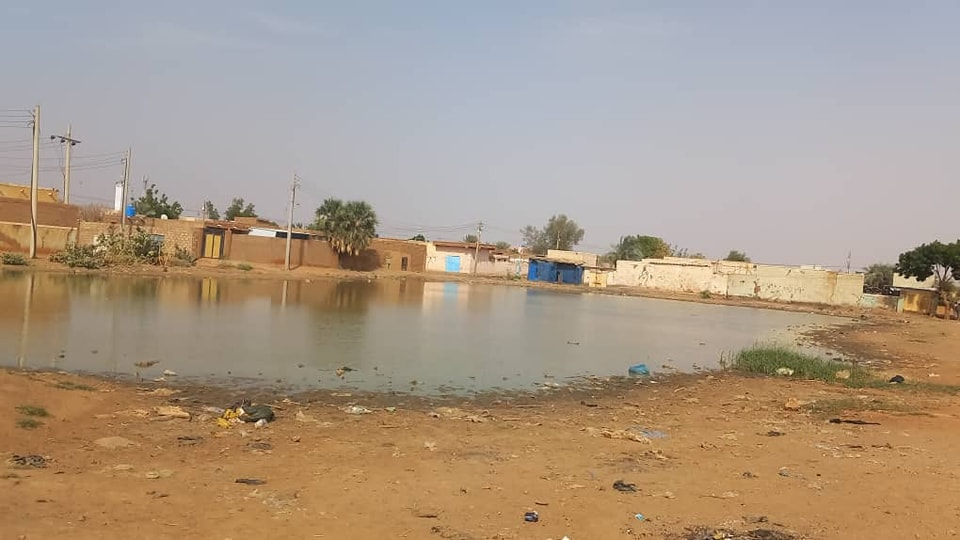
Stagnant water in the streets of Ombadda, a breeding ground for insects and waterborne illnesses (Photo: Ombadda El Amir Emergency Room via Facebook)
The Ombadda El Amir Emergency Room said that the Ombadda residential block 5 in Omdurman, sister city to the capital Khartoum, is currently uninhabitable due to the presence of decomposing corpses in streets and in homes a complete lack of services.
In a statement on its Facebook page, the Emergency Room indicated that there are no remaining functional markets, hospitals, or medical centres in Ombadda Block 5. Charity kitchens and hospices have also been relocated to Ombadda Block 2.
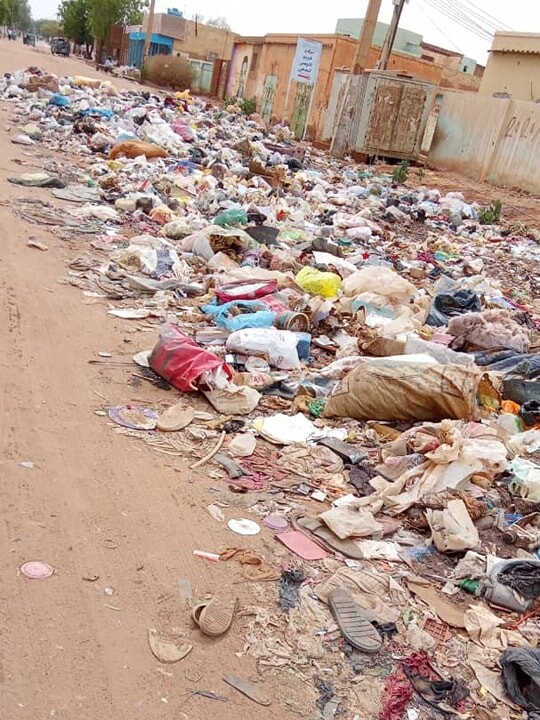
“Waste is widespread, and plundered homes have become breeding grounds for dirt, filth, and a gathering place for rodents and insects. Several corpses have left waste traces after decomposition, making the environment unsanitary. The area has not been fully evaluated to obtain the necessary environmental information.”
Parts of pipes and water connections have been stolen or broken, resulting in stagnant water in the neighbourhood, a breeding ground for water-borne ilnesses.
Kala-azar* (visceral leishmaniasis) disease was widespread in the neighbourhood when it was populated, according to the statement. Conditions in Ombadda blocks and 6 are similar to those in Ombadda 5, the Emergency Room said, noting that there are no residents left in the area.
There are only two families remaining in Ombadda 5. The emergency room warned that all residents from this area should leave to the safer eastern part of Ombadda 2.
The neighbourhood is divided: the northern and northeastern sections are under the control of the Sudanese Armed Forces (SAF), while the middle section is a friction zone between the SAF and the RSF. Both the SAF and the RSF have imposed sieges on the parts of Ombadda controlled by their rival since October, severely hindering the flow of aids and goods into the area.
Ombadda, a locality primarily inhabited by people who fled previous wars and poverty in Kordofan and Darfur, witnessed heavy fighting on multiple occasions since the outbreak of war in mid-April of last year. On September 5, at least 32 people were killed in a SAF air raid targeting Ombadda Block 21.
Hunger hotspot
Already in March, 240,000 families in Khartoum state were threatened with severe hunger.
Sudan has been highlighted as one of the highest concern “hunger hotspots” in three separate reports published by the United Nations High Commissioner for Refugees (UNHCR), the Clingendael Institute of International Relations in the Netherlands, and a joint Food and Agriculture Organisation (FAO) and the World Food Programme (WFP).
Hunger is deepening in Sudan and in neighbouring countries to which millions of people have fled, creating a hunger crisis that could become the world’s largest.
* Visceral leishmaniasis, the most severe form of leishmaniasis also known as kala-azar, is a life-threatening disease caused by Leishmania parasites which are transmitted by female sandflies. Visceral leishmaniasis causes fever, weight loss, spleen and liver enlargement, and, if left untreated, a certain death. It is the world’s second-largest parasitic killer, after malaria.







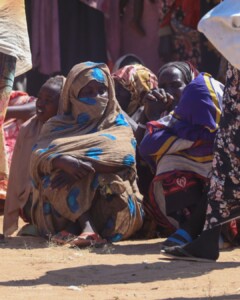
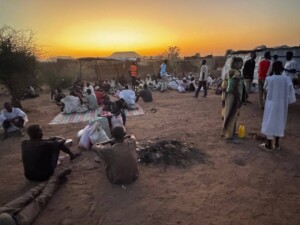
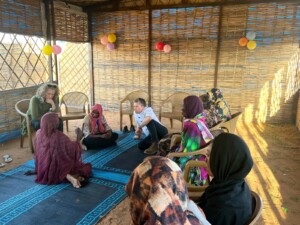

 and then
and then